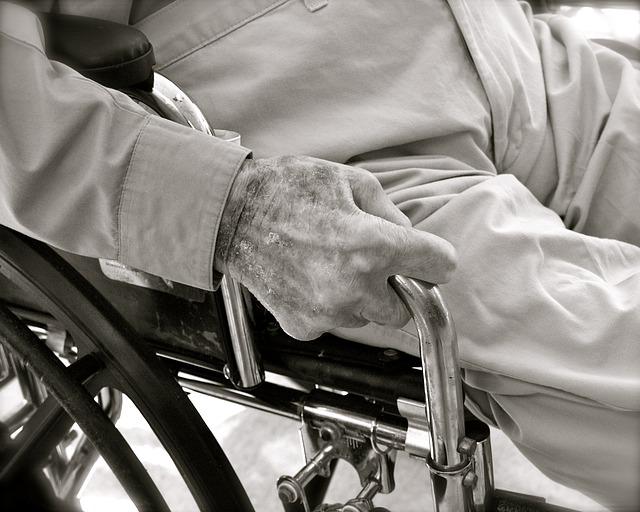
As your loved ones near the end, you want them to be able to cope with their illness. These needs can be met by end-of-life home care. Talking with your loved ones about their wishes can help them to process the situation and gain perspective when it comes time to die. The patient wants to participate in the decisions, regardless of whether they wish to or not. After all, they will appreciate the fact that you are respecting their wishes.
Comfort
One of the main benefits of comfort in end-of-life care is the ability to say good bye. Many regret not having the opportunity of saying goodbye at the very last moment. Talking to your family about your loved one's journey can provide comfort. Moreover, hearing is one of the last senses to shut down, so the presence of loved ones can help alleviate some of the burden.

Dignity
The notion of dignity is often seen as an abstract concept that is not grounded in real practice. While universal and intrinsic, dignity should be verified in the care settings and practices. It is important to remember several key points when trying to ensure dignity in home care. Let's discuss some of the issues. Below are some key themes which can help us to achieve a higher level satisfaction with our patients and families.
Social support
Hospices are holistic in their care and take into account the social context. Social support is the person's ability to draw on other people's resources. Social support refers to the interaction and participation of hospice patients in group activities, maintaining self-esteem, as well as opportunities for interaction with other people. Unfortunately, little research exists on the effects hospice social support has on patients. Mixed methods will be used in this study to explore the effect of hospice social support upon patients and their families.
Medicaid
New York's Medicaid longterm care programs are responsible for almost one-quarter Medicaid spending. They serve 247,000 beneficiaries each month. The report shows a complete picture of each program. It uses September 2007 as a snapshot. This report highlights the major challenges Medicaid faces in delivering high-quality care. This article discusses what you need to remember when applying for Medicaid for home care at the end of life. This article discusses eligibility and the requirements of the program.

Care homes
In-home care has many benefits when choosing end-oflife care. In-home care allows the person to be in their own home, with access to their family and friends. In addition, caregivers are able to provide more personal care than if they were in hospital. Visiting nurses can provide comfort and assistance, and special equipment can be provided to help patients stay as comfortable as possible. Many services for end-of-life care offer the support needed to assist patients with daily living activities.